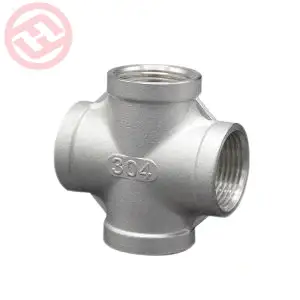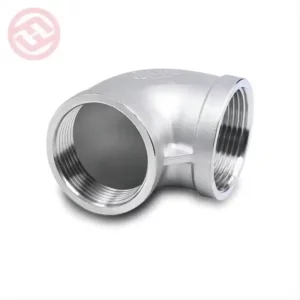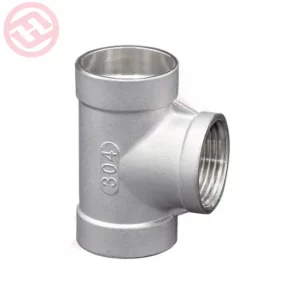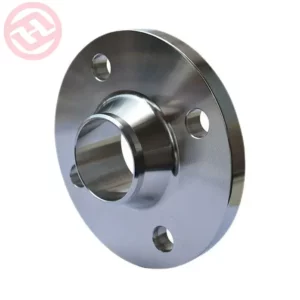Stainless Pipe Fitting
Stainless Pipe Fitting is a component used to connect and install stainless steel piping systems. These fittings are usually made of stainless steel and have corrosion resistance, high temperature resistance and pressure resistance, so they are widely used in pipe systems in various industries.
The main function of Stainless Pipe Fitting is to connect stainless steel pipes for fluid transfer and to provide reliable sealing. They are widely used in chemical, petroleum, food processing, pharmaceutical, water treatment and other fields, and can be used to transport various media such as gas, liquid and solid. When selecting and using stainless steel pipe fittings, it is necessary to consider the appropriate size and type matching the pipe diameter, pressure and other parameters according to the specific application requirements and the characteristics of the pipe system.
Stainless Pipe Fitting for security
Stainless Pipe Fitting has excellent corrosion resistance and can resist corrosion, oxidation and chemical attack. This makes them suitable for different environments, including wet, acid-alkaline and high temperature environments. Stainless Pipe Fitting has high strength and durability and can withstand high pressure and temperature under normal conditions of use. Stainless Pipe Fitting has good sanitary properties, will not release harmful substances, and will not be bred by bacteria. This makes stainless steel fittings ideal for areas with high hygiene requirements such as the food and pharmaceutical industries. With the strict control of the manufacturing process and the high quality of the material, Stainless steel Pipe Fitting usually has a consistent size and performance. This increases the reliability of its assembly and connections, reducing the risk of leaks and failures.
What are the product types of Stainless Pipe Fittings
- Coupling: Used to connect two pipes of the same diameter together, usually through threaded, welded, or pressure connections.
- Stainless Elbow: Used to change the flow of the pipe, there are two common types of 90-degree and 45-degree elbows.
- Flange: Used for connecting two pipes or connecting pipes to equipment, valves and other facilities. Flanges usually have holes for bolting.
- Union: Used to connect two pipes and allow easy removal and reconnection, usually consisting of two threaded connectors.
- Stainless Tee: Used to divide a pipe into two branches, or combine two pipes into one.
- Reducer: The reducer is used to connect two pipes with different diameters so that their diameters transition smoothly.
- Plug: Used to plug the end of a pipe, usually with internal threads or welded connections.
- Welding Neck: Used to connect to flanges and to pipes by welding, often in high pressure or high temperature environments.
- Weldolet: Used to create branches on existing pipes and join them by welding.
What’s the difference between Stainless Pipe Fitting and Steel Pipe Fitting
Material Composition: Stainless pipe fittings are made from stainless steel, which contains a higher amount of chromium compared to carbon steel pipe fittings. This higher chromium content gives stainless steel fittings their corrosion-resistant properties. On the other hand, steel pipe fittings are made from carbon steel, which is primarily composed of iron and carbon.
Corrosion Resistance: Stainless pipe fittings have excellent corrosion resistance due to their chromium content. This makes them suitable for applications where exposure to moisture, chemicals, or other corrosive substances is expected. Steel pipe fittings may be more susceptible to corrosion, especially in environments with high levels of moisture or corrosive elements, unless they are protected through coatings or other means.
Strength and Durability: Steel pipe fittings, being made from carbon steel, are generally known for their strength and durability. They can withstand high pressure and temperature conditions, making them suitable for applications with demanding requirements. Stainless Cross, though not as strong as steel fittings, still offer good strength and durability for most industrial applications.




